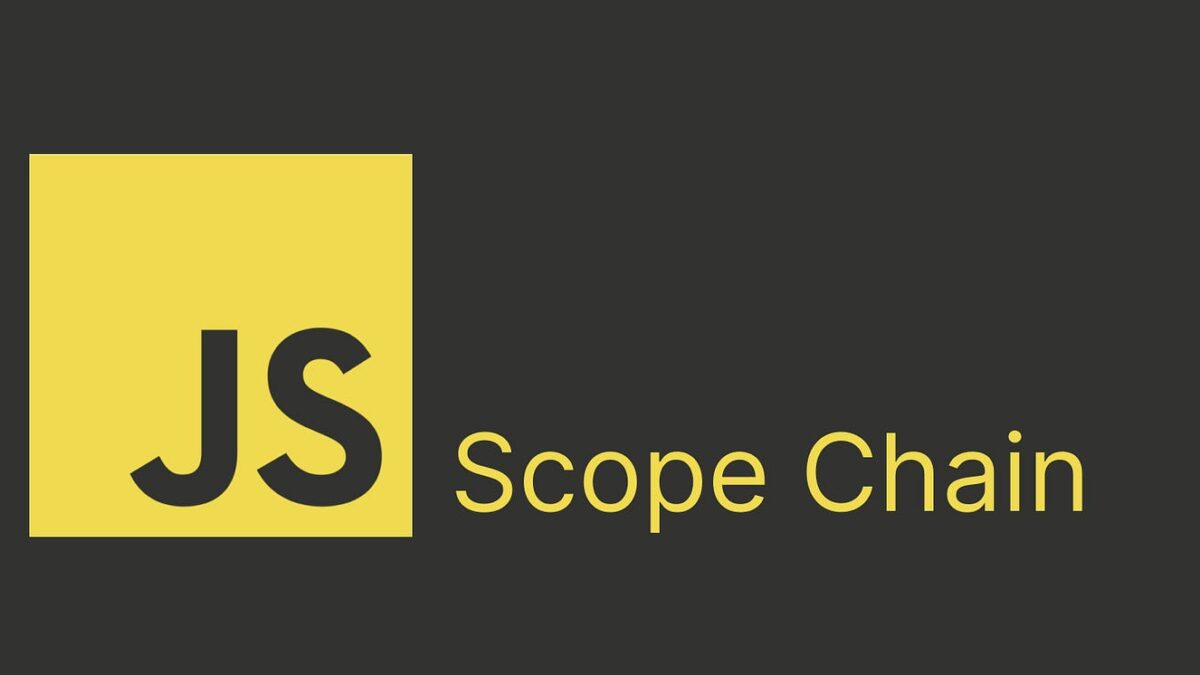
JavaScript Scope Chain: What does the scope chain do in JavaScript?
If you’ve ever wondered how JavaScript knows “where to find a variable”, you’re thinking about the scope chain. Understanding the scope chain is critical for mastering variable access, debugging, and building efficient code—especially when dealing with functions, closures, or nested blocks.
In this blog, we’ll break down:
- ✅ What is the scope chain in JavaScript?
- ✅ How does the scope chain work?
- ✅ When and where is it used?
- ✅ Why is understanding the scope chain important?
- ✅ Which types of scope exist in JavaScript?
Let’s dive in with explanations and examples that make it easy to understand—even if you’re a beginner.
🧠 What is Scope in JavaScript?
Scope refers to the context in which variables are declared and accessed. JavaScript has three main types of scope:
- Global Scope – Variables declared outside any function/block.
- Function Scope – Variables declared inside a function using
var,let, orconst. - Block Scope – Variables declared inside
{}usingletorconst.
🔗 What is the Scope Chain?
The scope chain is the mechanism JavaScript uses to resolve variables. When you reference a variable, JavaScript tries to find it in the current scope. If it doesn’t find it, it searches parent scopes until it reaches the global scope.
📌 Definition:
The scope chain is the chain of variable environments that JavaScript walks through when resolving a variable name.
🔍 How Does the Scope Chain Work?
Let’s take a look at an example:
let a = 'Global';
function outer() {
let b = 'Outer';
function inner() {
let c = 'Inner';
console.log(a); // 'Global'
console.log(b); // 'Outer'
console.log(c); // 'Inner'
}
inner();
}
outer();
🔎 How JavaScript finds variables:
- Looks in
inner()for the variable. - If not found, checks the
outer()function. - If still not found, checks the global scope.
- If it’s not found anywhere, throws a ReferenceError.
🧪 Example: When Variable Is Not Found
function test() {
console.log(nonExistent); // ❌ ReferenceError
}
test();
JavaScript:
- Looks in
test() - Then global scope
- ❌ Not found anywhere → throws
ReferenceError
⚙️ How Closures Use the Scope Chain
function counterMaker() {
let count = 0;
return function increment() {
count++;
console.log(count);
};
}
const counter = counterMaker();
counter(); // 1
counter(); // 2
Even though counterMaker() has finished executing, increment() still remembers the count variable because of the scope chain. This is a closure.
📌 JavaScript Scope Chain in Block Scope
let x = 100;
{
let y = 200;
console.log(x); // ✅ 100 (from outer block)
console.log(y); // ✅ 200
}
console.log(y); // ❌ ReferenceError
}
The inner block has access to outer variables, but not vice versa.
🏗️ Scope Chain Visualization
inner()
→ outer()
→ global scope
Each function creates a scope “box”. JavaScript walks upward through the boxes until it finds the variable it needs.
🚫 Common Mistakes With Scope Chain
❌ Shadowing
let name = "Global";
function test() {
let name = "Local";
console.log(name); // "Local"
}
test();
The inner name shadows the outer one. Scope chain finds the closest match.
📝 Summary
| Term | Meaning |
|---|---|
| Scope | Context where variables are defined |
| Scope Chain | Link of environments used to resolve variables |
| Closure | Function + outer variables it remembers |
| Shadowing | Inner variable hides outer one with the same name |
✅ Best Practices
- Always use
letandconstto respect block scope. - Keep variables as local as possible to avoid polluting the global scope.
- Understand the scope chain to debug closures and nested functions effectively.
📘 Final Thoughts
Mastering the JavaScript scope chain helps you:
- Write bug-free code
- Debug with confidence
- Understand closures and hoisting
- Prepare for interviews
The scope chain isn’t just a theoretical concept—it’s how JavaScript thinks.
